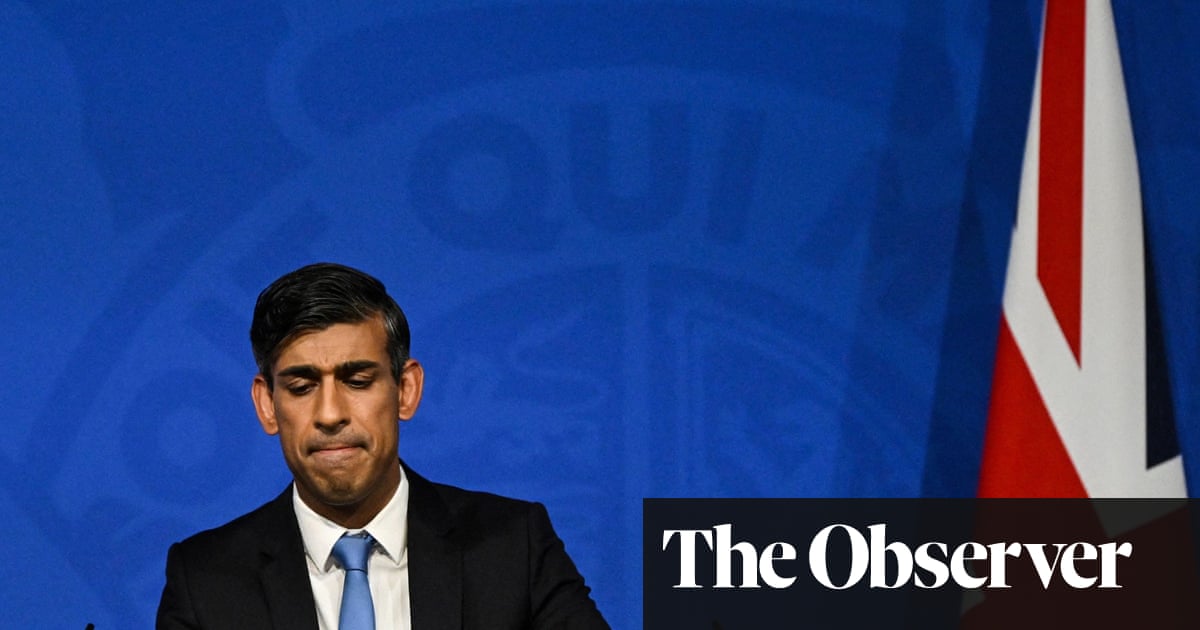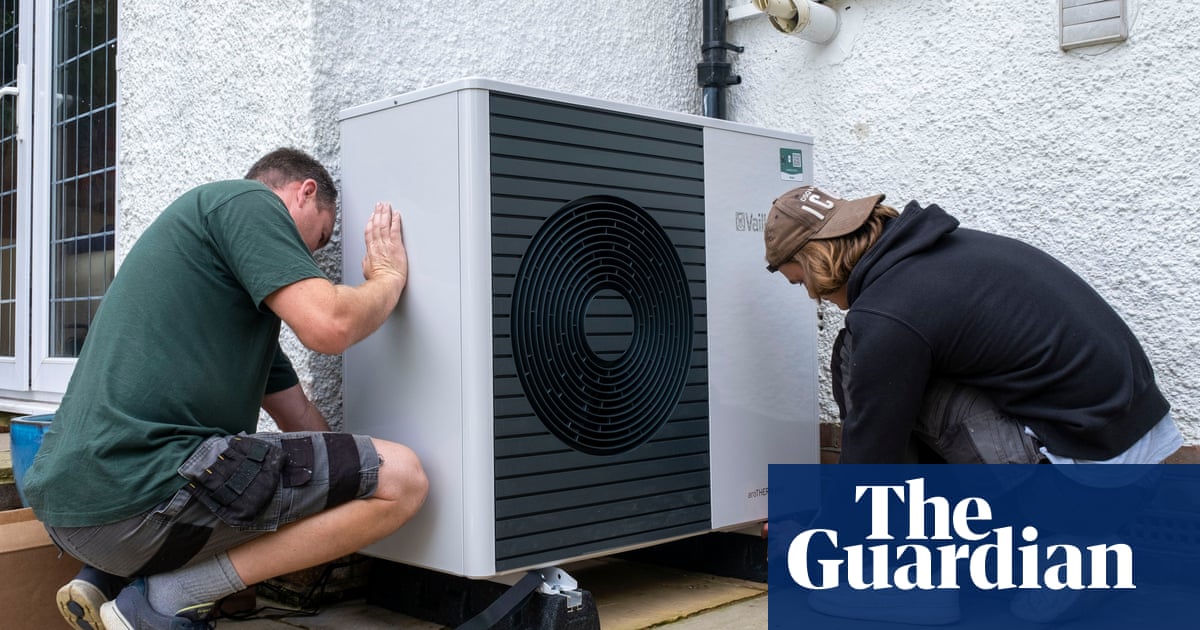
Facebook has reached net zero emissions, the company has announced, paving the way for it to achieve its wider target of net zero emissions across its entire supply chain by 2030.
The social network said it had reduced its greenhouse gas emissions by 94% over the past three years, and its operations were now supported by 100% renewable energy.
“We set these goals in 2018 and today we are one of the largest corporate buyers of renewable energy,” Facebook said. “We have contracts in place for more than six gigawatts of wind and solar energy across 18 states and five countries. All 63 projects are new and located on the same electrical grids as the data centres they support.”
In 2018 the company announced a more limited goal of cutting emissions by 75% by 2020. Overshooting that bodes well for Facebook’s ability to hit its 2030 target, which incorporates not just the emissions caused by Facebook’s own datacentres but also those from the company’s suppliers, from the hardware developers who build its servers to the outsourcing companies who handle its moderation.
While the company is buying enough renewable energy to power its entire business, though, it is not yet powering its entire business with renewables. Instead, the company, like many others pursuing a net zero goal, can buy renewable energy certificates to match fossil-generated power it is forced to rely on if the electricity grids do not have enough renewable electricity available to satisfy demand.
“The biggest lever is to design and build some of the world’s most energy-efficient datacentres,” said Facebook’s chief technology officer, Mike Schroepfer. “But we’ve also become one of the world’s largest buyers of renewable energy.”
Schroepfer, a key member of Mark Zuckerberg’s inner circle, cited a 180MW solar project in Utah, which came online in mid-April, as an example of the company’s positive impact.
He said Facebook’s net zero pledge involved investment in less traditional areas as well. The company’s datacentres are cooled using less water, and less electricity, than traditional air conditioning units, meaning that about 10% of the datacentre’s energy use is for non-computing tasks such as cooling.
Facebook’s announcement brought a mixed reception from climate activists. “This is the bare minimum a company can do in the middle of a climate emergency,” wrote Luke Kingma, a climate activist and brand strategist. “The biggest source of emissions from social platforms is not their data centres. It’s their advertising and content policies.”
In October, the thinktank InfluenceMap found that Facebook had helped promote adverts denying the reality of the climate crisis more than 8m times in the US alone in the first six months of last year. The discovery prompted the US senator Elizabeth Warren to warn that Facebook’s leadership “would rather make a quick buck while our planet burns and communities – disproportionately black and brown – suffer”. She said Facebook “must be held accountable for its role in the climate crisis”.
The race to net zero has become a point of positive competition for some of the world’s largest tech companies. Facebook, Google, Microsoft, Apple and Amazon all have different, ambitious goals for cutting their climate emissions. In September, for instance, Google announced that it had not only reached carbon neutrality but offset all carbon it had ever produced.
Apple has announced a goal to become carbon neutral by 2030, counting not only its entire supply chain but the lifecycle of all its products, including the energy consumed in their use. For instance, it will plant trees to absorb carbon equal to the estimated lifetime carbon emissions of the electricity used to charge iPhones.
On Thursday, Apple announced a $200m fund to invest in reforestation projects to that end. The Restore fund will invest in managed forest properties, generating a financial return that the company hopes will “drive further change”, according to Lisa Jackson, Apple’s vice-president of environment, policy, and social initiatives.












